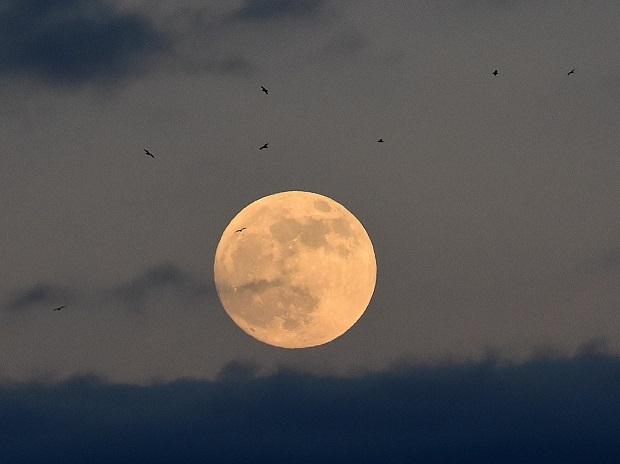
Between 1969 and 1972, a new type of archaeological site was created. For the first time, human bodies and the technology needed to sustain them altered the landscape of another world. The astronauts from the six Apollo missions left a suite of space-age artefacts behind on the lunar surface. And not only that: the missions brought to the Moon new kinds of shadows, cast by machines and bodies and flags and rovers, in an interplay of movement and stillness.
On Earth, the movement of living things, the changing of the environment, both natural and cultural; and the weather, which occludes sunlight to different degrees, make shadows very dynamic. Lunar shadows, however, are more passive at human time scales, their movement identical with the fortnightly passage of the Sun over the surface.
The Apollo missions brought shadows that were not so passive. The speed of the shadows differed, depending on the activity being carried out, and was much faster than the slow passing of the day. Some shadows were solid black and some were lacy and textured, reflecting the mesh on the umbrella-shaped antennas.
They crossed and uncrossed with the angle of the Sun and the movement of the astronauts around the tiny landscapes that constituted their lunar experience. The shadows were captured and frozen in many photographs of the Apollo missions; in these photos, they became another type of artefact.
The Apollo 17 lunar rover and its shadows. NASA
And then some shadows left, never to return, and others stayed to be swallowed by the lunar night and emerge into day again. The shadows of the objects left behind - descent modules, rovers, cameras and other equipment - will continue to be cast over the lunar surface until they decay in tens, hundreds or thousands of years. The objects don’t move, but their shadows circle them in diurnal devotion, sundials without a mission.
No comments:
Post a Comment